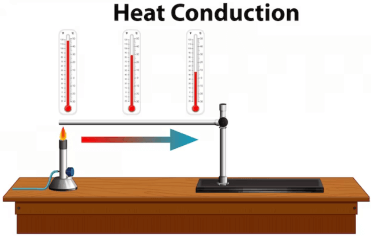Question
a.
gain decreases at the rate of 20 dB per decade increase in frequency above fc
b.
gain decreases at the rate of 20 dB per decade decrease in frequency below fc
c.
gain decreases at the rate of 40 dB per decade increase in frequency above fc
d.
gain decreases at the rate 40 dB per decade decrease in frequency below fc
Posted under Electronics and Communication Engineering
Interact with the Community - Share Your Thoughts
Uncertain About the Answer? Seek Clarification Here.
Understand the Explanation? Include it Here.
Q. In a one pole active low pass filter, the cut off frequency is fc. Then
Similar Questions
Explore Relevant Multiple Choice Questions (MCQs)
Q. Turn off time of a transistor switch is equal to (where ts is storage time and tf is fall time.)
View solution
Q. In a CE amplifier circuit the emitter by pass capacitor is remove. The ac output voltage
View solution
Q. In a differential amplifier, CMRR can be improved by using an increased
View solution
Q. If ac resistance of diode is re, then In CE, BJT amplifier the input impedance is
View solution
Q. The voltage gains of an amplifier without feedback and with negative feedback respectively are 100 and 20. The percentage of negative feedback (β) would be
View solution
Q. Three cascaded stages have gains of 10, 20 and 25. The overall gain will be
View solution
Q. Find the odd one out
View solution
Q. If the value of C₂ and C₃ are doubled, the oscillation frequency will be
View solution
Q. Which of the following statement about JFET is correct?
View solution
Q. Assertion (A): In Darlington pair, the overall β is product of individual βs
Reason (R): The voltage gain of a base driven amplifier is equal to ac collector voltage divided by ac base voltage
View solution
Q. A Wien bridge oscillator uses Wien bridge for
View solution
Q. A cascade amplifier will have higher cut off frequency
View solution
Q. A Darlington circuit is obtained by connecting
View solution
Q. A CE amplifier has a high input signal. In the wave shape of emitter current
View solution
Q. An inverting voltage feedback is a
View solution
Q. If a transistor is operating with both of its Junctions forward biased, but with the collector base forward biased, but with the collector base forward bias greater than the emitter-base forward bias, then it is operating in the
View solution
Q. In a CE amplifier the Q point is very close to cutoff point on the load line. This results in
View solution
Q. In an op-amp comparator, the positive or negative output is
View solution
Q. In logarithmic amplifiers, output voltage is equal to
View solution
Q. In a series regulated power supply circuit the voltage gain of pass transistor satisfies the condition
View solution
Recommended Subjects
Are you eager to expand your knowledge beyond Electronics and Communication Engineering? We've handpicked a range of related categories that you might find intriguing.
Click on the categories below to discover a wealth of MCQs and enrich your understanding of various subjects. Happy exploring!








